Over the years we has consistently added to its expertise to offer printers the widest rage Sheet-fed offset printing machines. From Single Color to Multi Color.
Welcome to Veena Gravures
An well established firm with 33 years of experience.
When it comes to packaging, most companies want the best of all possible worlds: an eye-catching package that offers aesthetics, product protection for extended shelf life, and consumer convenience. At Veena Gravures, we can help you evaluate your choices, when it comes to picking up a suitable packaging format for your products.
Based on our in-depth knowledge of the market and processing requirements, we support our customers in their packaging requirements like comfortable product shape, convenience of use, eco-friendly and choosing the right packaging format without compromising on the quality of the finished product
Request Quote: veenascreentsr@gmail.com


Modern Machinery
200+ Clients
Well established firm with clients around the globe.
Veena Gravures
When it comes to packaging, most companies want the best of all possible worlds:
an eye-catching package that offers aesthetics, product protection for extended shelf life, and consumer convenience.
At Veena Gravures, we can help you evaluate your choices, when it comes to picking up a suitable packaging format for your products.
Based on our in-depth knowledge of the market and processing requirements, we support our customers in their packaging requirements like comfortable product shape, convenience of use, eco-friendly and choosing the right packaging format without compromising on the quality of the finished product

Our Values
 Care
Care
We care about each other, the environment, and the community
 Innovation
Innovation
We welcome diversity and recognize it as a source of innovation
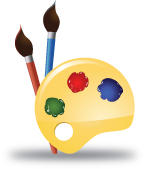 Develop
Develop
We encourage people to speak up, question, and develop new ideas
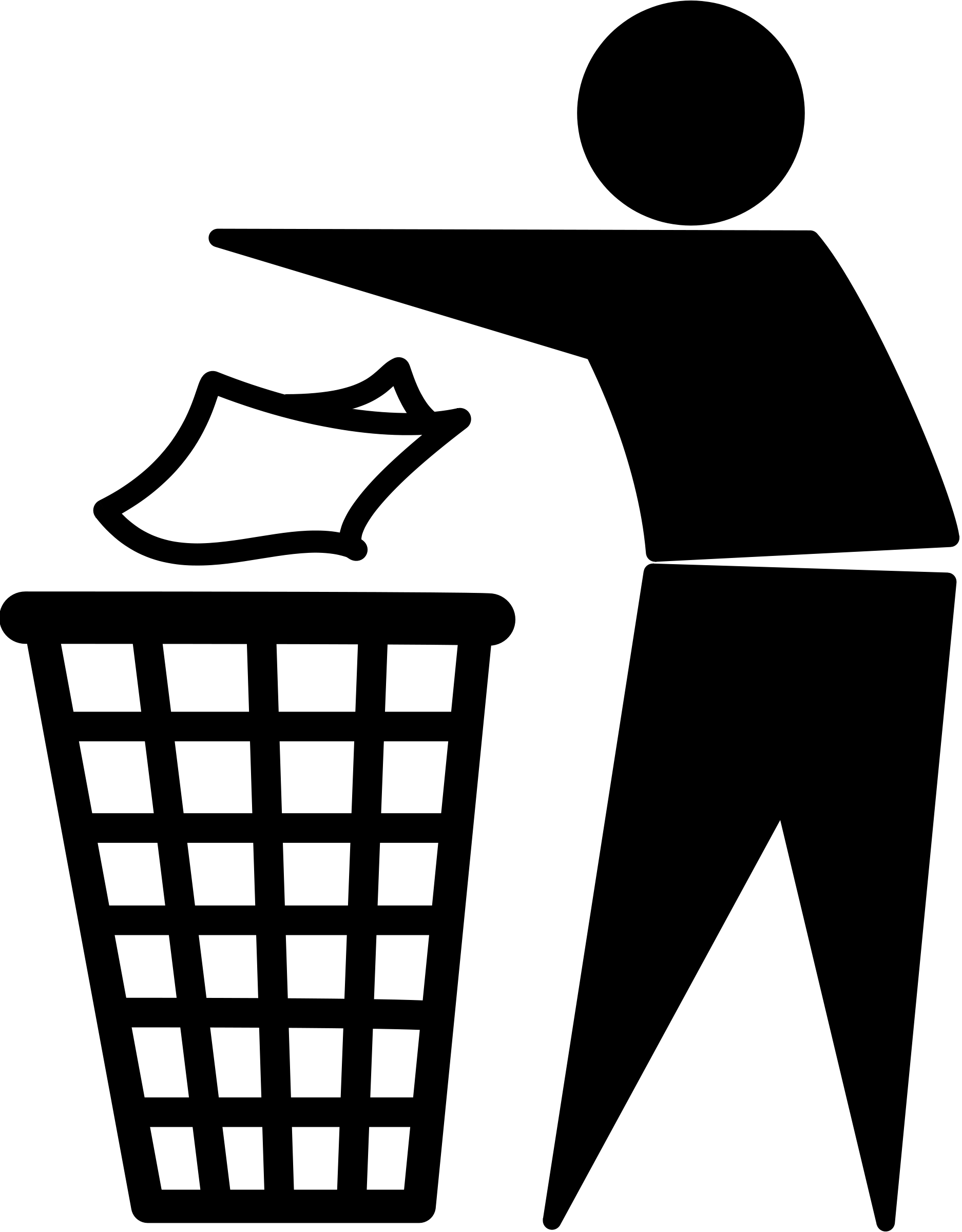 Committed
Committed
We're committed to understanding our customers and consumers
 Integrity
Integrity
We value integrity and open communication
 Learn
Learn
We learn from everything we do
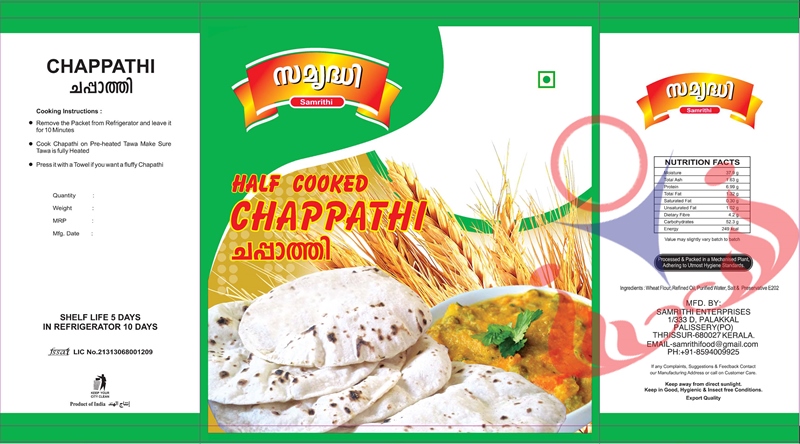
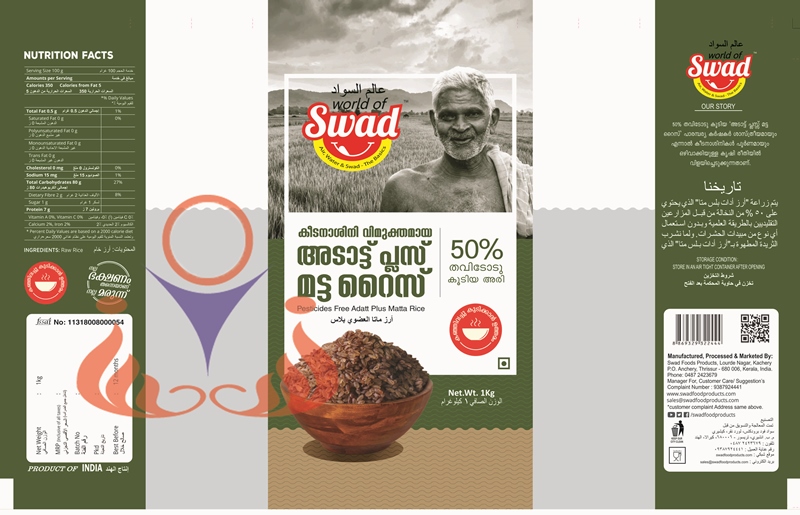
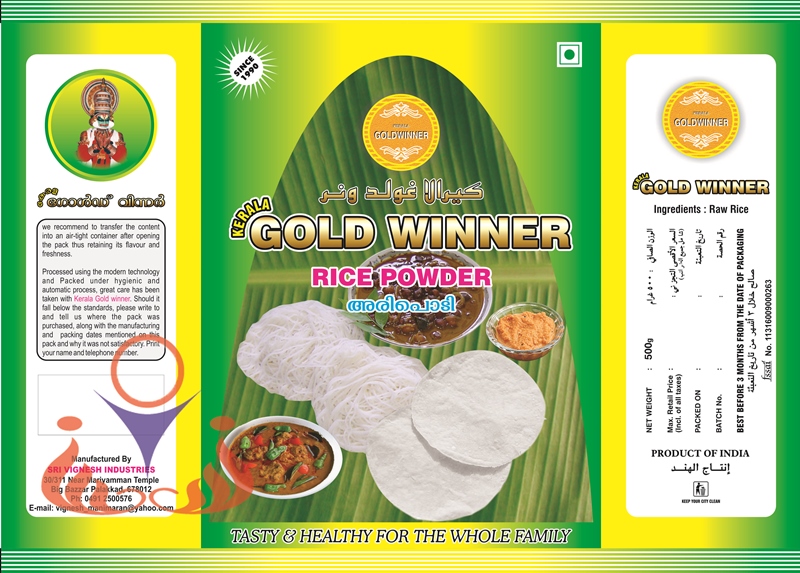
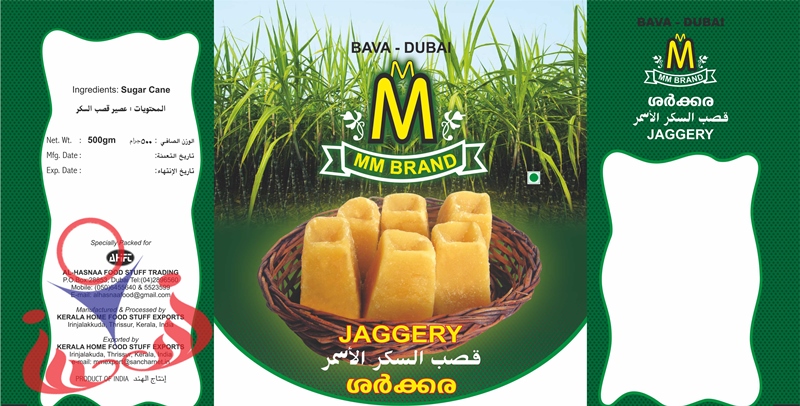
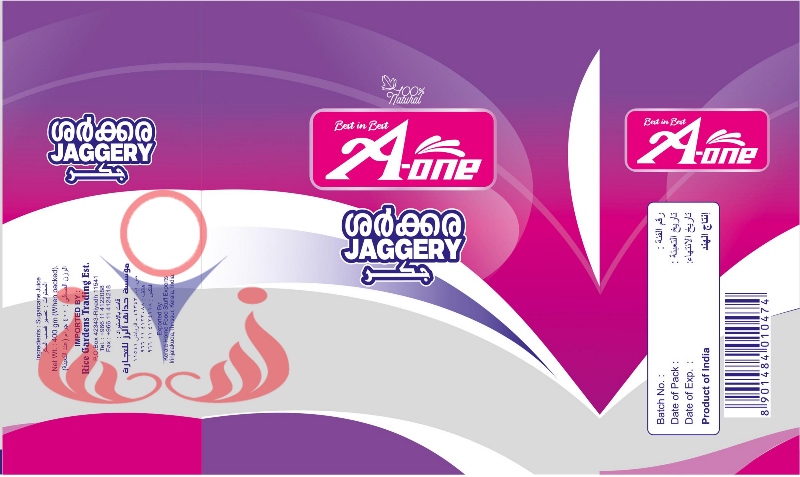
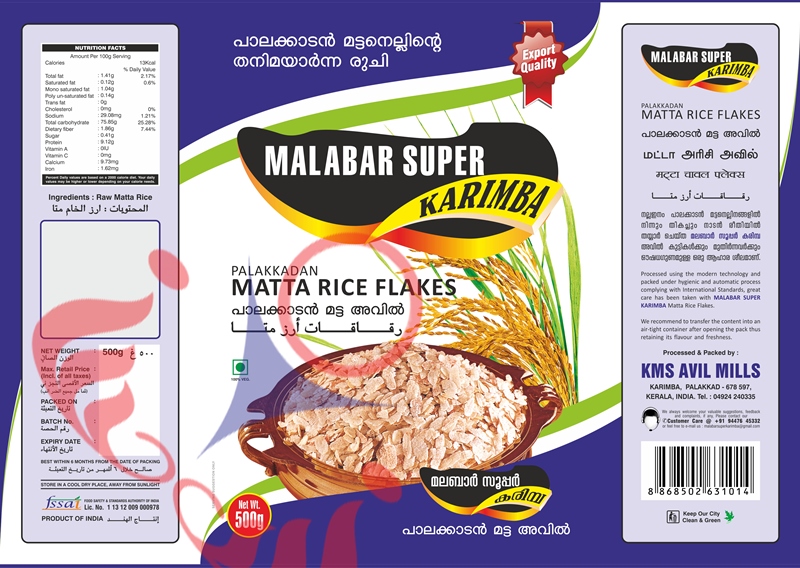

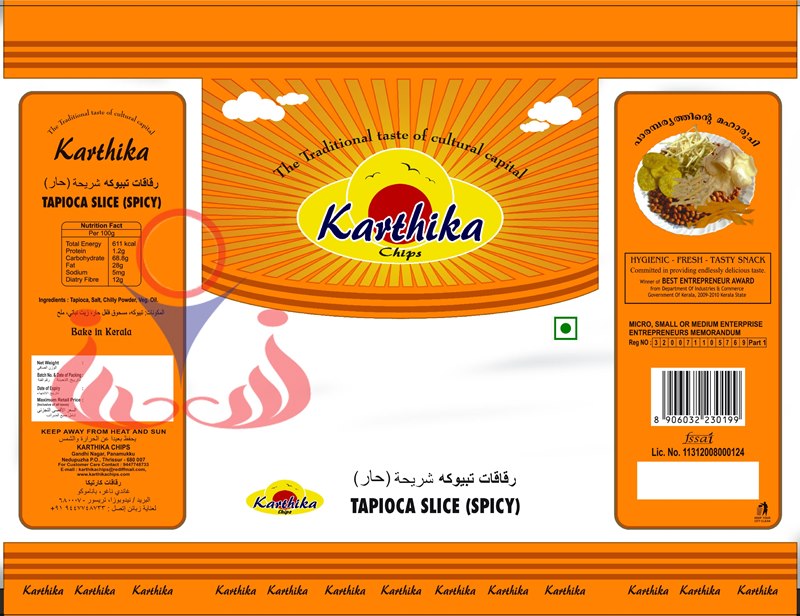
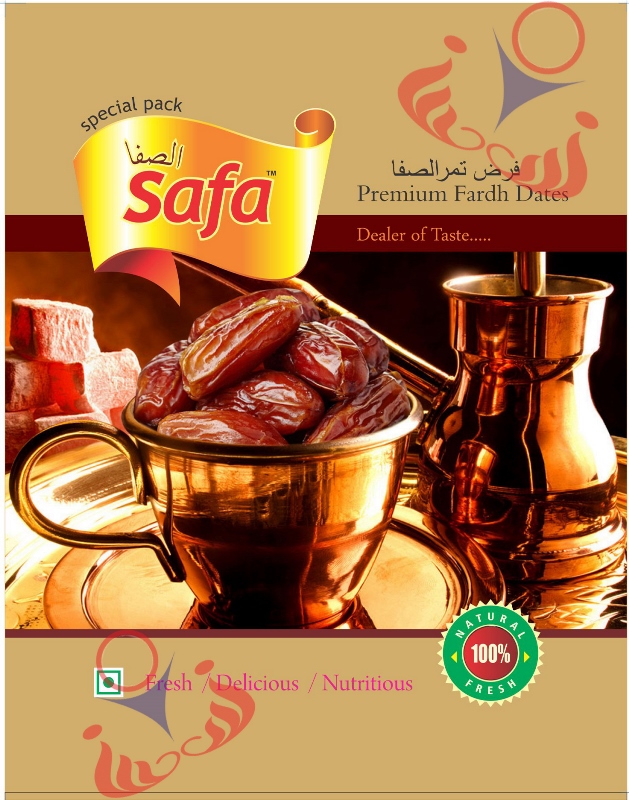
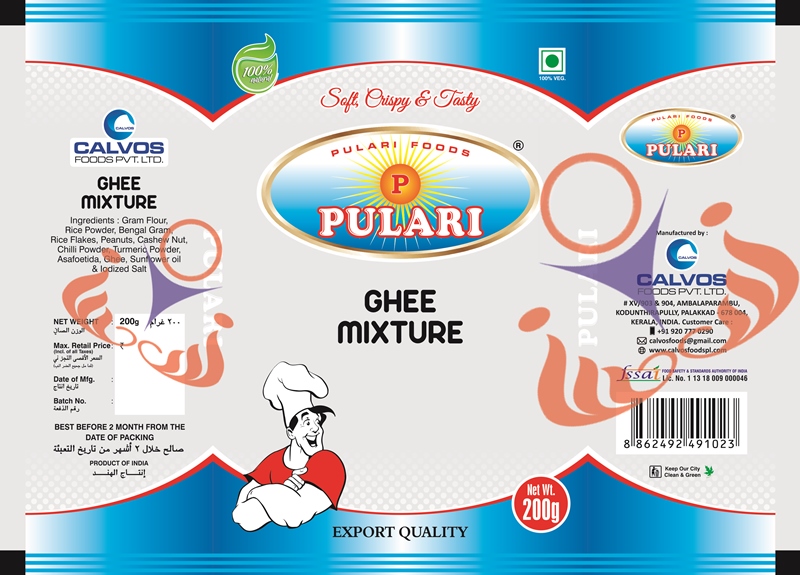
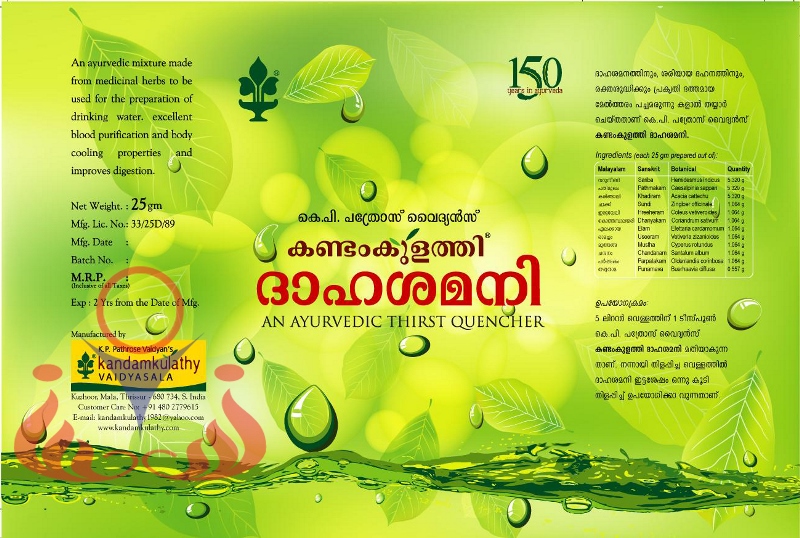
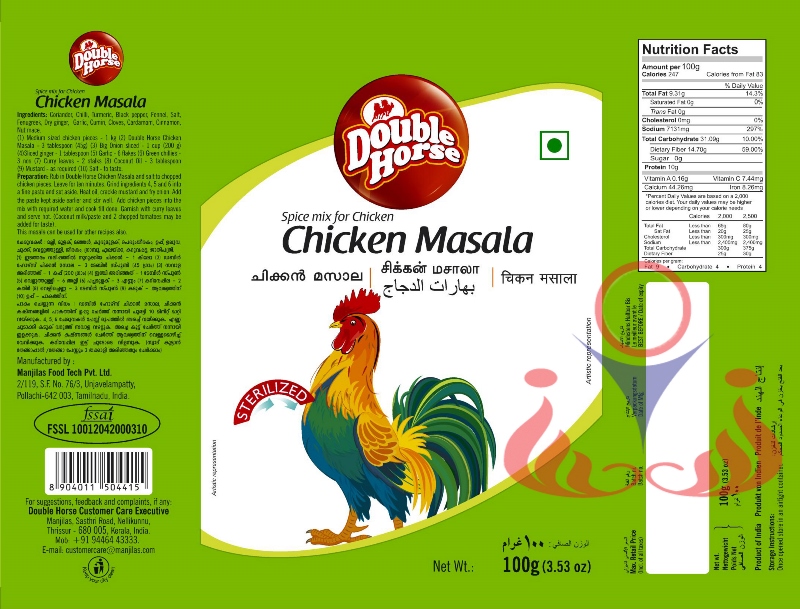
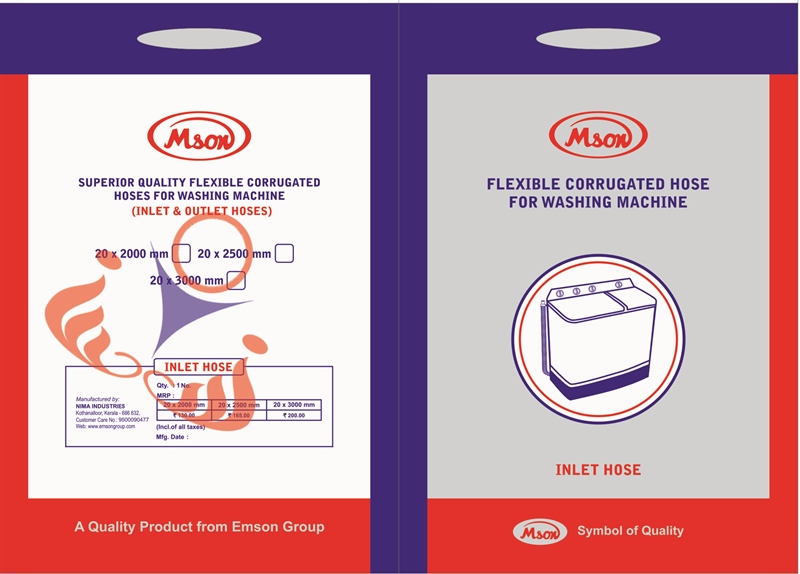
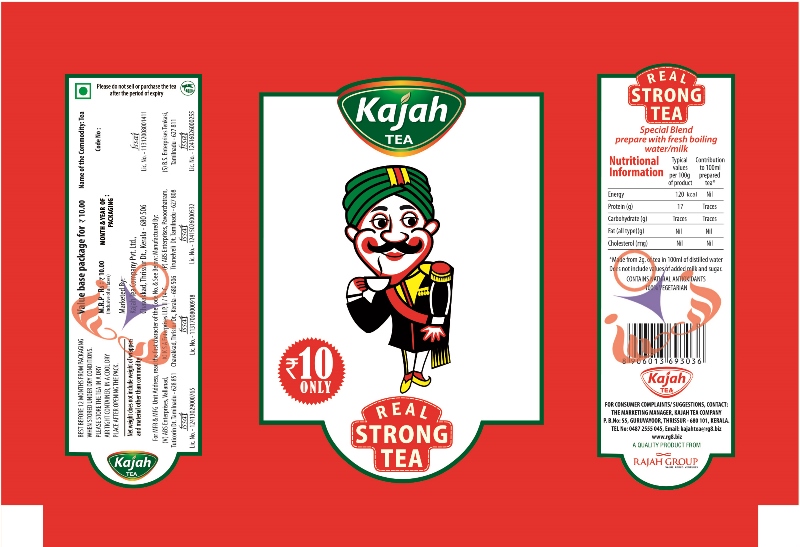
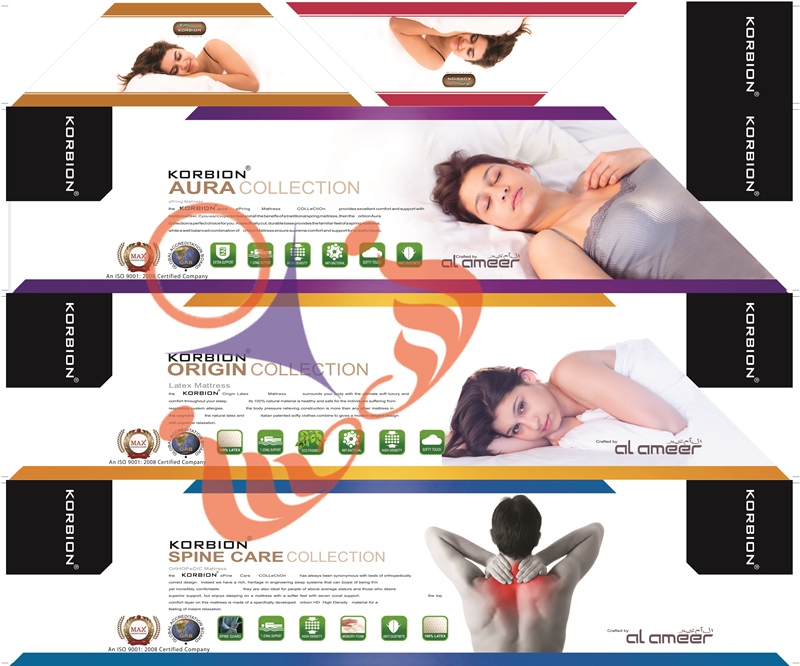
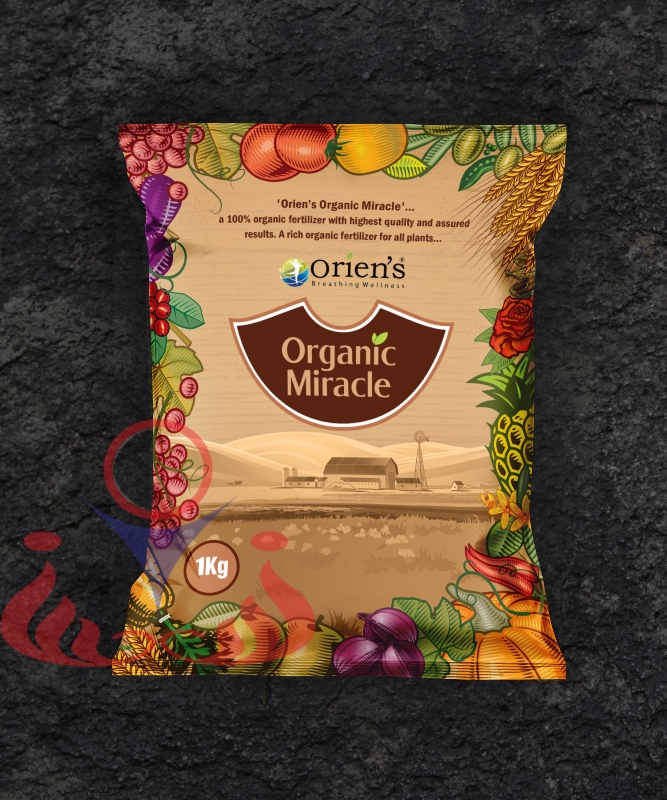
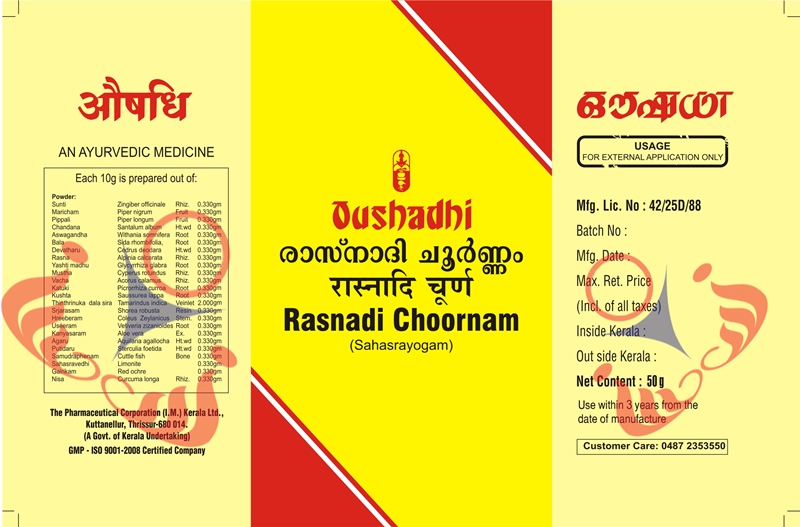
Best Business Man
HTML5 is a markup language used for structuring and presenting content for the World Wide Web and a core technology of the Internet. It is the fifth revision of the HTML standard (created in 1990 and standardized as HTML 4 as of 1997)[2] and, as of December 2012, is a candidate recommendation of the World Wide Web Consortium (W3C).
Best Business Man
HTML5 is a markup language used for structuring and presenting content for the World Wide Web and a core technology of the Internet. It is the fifth revision of the HTML standard (created in 1990 and standardized as HTML 4 as of 1997)[2] and, as of December 2012, is a candidate recommendation of the World Wide Web Consortium (W3C).
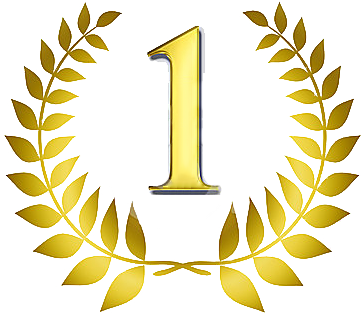
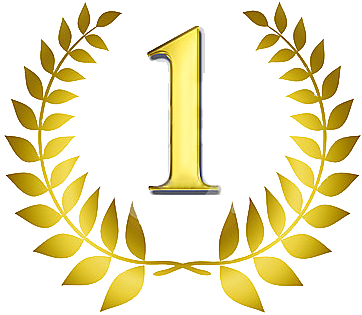
Best Business Man
HTML5 is a markup language used for structuring and presenting content for the World Wide Web and a core technology of the Internet. It is the fifth revision of the HTML standard (created in 1990 and standardized as HTML 4 as of 1997)[2] and, as of December 2012, is a candidate recommendation of the World Wide Web Consortium (W3C).
Best Business Man
HTML5 is a markup language used for structuring and presenting content for the World Wide Web and a core technology of the Internet. It is the fifth revision of the HTML standard (created in 1990 and standardized as HTML 4 as of 1997)[2] and, as of December 2012, is a candidate recommendation of the World Wide Web Consortium (W3C).

Best Business Man
HTML5 is a markup language used for structuring and presenting content for the World Wide Web and a core technology of the Internet. It is the fifth revision of the HTML standard (created in 1990 and standardized as HTML 4 as of 1997)[2] and, as of December 2012, is a candidate recommendation of the World Wide Web Consortium (W3C).

Best Business Man
HTML5 is a markup language used for structuring and presenting content for the World Wide Web and a core technology of the Internet. It is the fifth revision of the HTML standard (created in 1990 and standardized as HTML 4 as of 1997)[2] and, as of December 2012, is a candidate recommendation of the World Wide Web Consortium (W3C).
Best Business Man
HTML5 is a markup language used for structuring and presenting content for the World Wide Web and a core technology of the Internet. It is the fifth revision of the HTML standard (created in 1990 and standardized as HTML 4 as of 1997)[2] and, as of December 2012, is a candidate recommendation of the World Wide Web Consortium (W3C).

Best Business Man
HTML5 is a markup language used for structuring and presenting content for the World Wide Web and a core technology of the Internet. It is the fifth revision of the HTML standard (created in 1990 and standardized as HTML 4 as of 1997)[2] and, as of December 2012, is a candidate recommendation of the World Wide Web Consortium (W3C).
Best Business Man
HTML5 is a markup language used for structuring and presenting content for the World Wide Web and a core technology of the Internet. It is the fifth revision of the HTML standard (created in 1990 and standardized as HTML 4 as of 1997)[2] and, as of December 2012, is a candidate recommendation of the World Wide Web Consortium (W3C).
Best Business Man
HTML5 is a markup language used for structuring and presenting content for the World Wide Web and a core technology of the Internet. It is the fifth revision of the HTML standard (created in 1990 and standardized as HTML 4 as of 1997)[2] and, as of December 2012, is a candidate recommendation of the World Wide Web Consortium (W3C).


Best Business Man
HTML5 is a markup language used for structuring and presenting content for the World Wide Web and a core technology of the Internet. It is the fifth revision of the HTML standard (created in 1990 and standardized as HTML 4 as of 1997)[2] and, as of December 2012, is a candidate recommendation of the World Wide Web Consortium (W3C).
Best Business Man
HTML5 is a markup language used for structuring and presenting content for the World Wide Web and a core technology of the Internet. It is the fifth revision of the HTML standard (created in 1990 and standardized as HTML 4 as of 1997)[2] and, as of December 2012, is a candidate recommendation of the World Wide Web Consortium (W3C).

Best Business Man
HTML5 is a markup language used for structuring and presenting content for the World Wide Web and a core technology of the Internet. It is the fifth revision of the HTML standard (created in 1990 and standardized as HTML 4 as of 1997)[2] and, as of December 2012, is a candidate recommendation of the World Wide Web Consortium (W3C).

Best Business Man
HTML5 is a markup language used for structuring and presenting content for the World Wide Web and a core technology of the Internet. It is the fifth revision of the HTML standard (created in 1990 and standardized as HTML 4 as of 1997)[2] and, as of December 2012, is a candidate recommendation of the World Wide Web Consortium (W3C).
Best Business Man
HTML5 is a markup language used for structuring and presenting content for the World Wide Web and a core technology of the Internet. It is the fifth revision of the HTML standard (created in 1990 and standardized as HTML 4 as of 1997)[2] and, as of December 2012, is a candidate recommendation of the World Wide Web Consortium (W3C).

Best Business Man
HTML5 is a markup language used for structuring and presenting content for the World Wide Web and a core technology of the Internet. It is the fifth revision of the HTML standard (created in 1990 and standardized as HTML 4 as of 1997)[2] and, as of December 2012, is a candidate recommendation of the World Wide Web Consortium (W3C).
Write to us at,
NH Bye Pass,
Krishnapuram Road,
Near Sooraj Gas
Nadathara Post Office,
Thrissur - 680751
Phone : 0487 2429946
Mobile : +91-9895567746
Leave Us a Message |